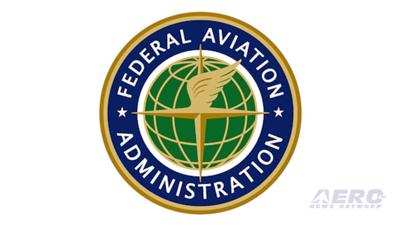When the Weight of the Paperwork Exceeds that of the Aircraft …
The National Business Aviation Association (NBAA) continues to review a 10 January 2023 FAA Notice of Proposed Rule Making (NPRM) which seeks to expand requirements for the implementation air-carrier Safety Management Systems (SMS) beyond Part 121 airlines to commercial aviation concerns the likes of Part 135 and Part 91 operators, as well as companies holding letters of authorization to conduct air tour operations under Part 91.147.

The NPRM also proposes to extend SMS requirements to enterprises operating under Part 21—that part of the Federal Aviation Regulations that provides the regulatory framework for entities engaged in the certification of aerospace products and parts.
The FAA has required U.S. airlines to develop and implement Safety Management Systems since 2018. In 2020, Congress called upon the agency to broaden the scope of SMS requirements across the entirety of U.S. commercial aviation operations.
NBAA director of safety and flight operations Mark Larsen stated: “Safety is a core value for the business aviation community, and for nearly two decades, NBAA has been strongly supportive of the benefits that stem from the adoption of SMS. Further, NBAA’s participation on the FAA’s SMS Aviation Rulemaking Committee in 2010, and our contributions to that panel’s final report, helped to shape current SMS requirements.”

The tenets of the International Standards for Business Aviation Operations, or IS-BAO are predicated largely on effective, structured SMS protocols. Established by the International Business Aviation Council and its member associations, IS-BAO is a recommended code of best practices designed to help flight departments worldwide achieve high levels of safety and professionalism.
Mr. Larsen added: “We’ve seen how SMS directly benefits the safety of business aviation stakeholders that have adopted such programs voluntarily. Their experiences also highlight that, for any SMS to be a truly effective solution, it must be tailored to the size and complexity of the operation. Our review of the FAA’s NPRM will closely examine if such scalability would be possible under the changes proposed by the agency.”
Citing the extensive scope of operations affected by the NPRM, Mr. Larsen called on the FAA to extend the proposal’s public comment period past the current 13 March 2023, deadline.
“We believe industry has a crucial role to play in helping make SMS a workable solution for the broad array of operations that would be affected by this proposal,” Larsen concluded. “Additional time will be needed to fully evaluate the proposed additions for Part 5 and their impact on affected stakeholders.”

According to the FAA, Safety Management System (SMS) denotes a formal, top-down, organization-wide approach to managing safety risk and assuring the effectiveness of safety risk controls. Safety Management Systems include procedures, practices, and policies for the mitigation and management of all hazards likely to be encountered by air, ground, and maintenance crew-members, as well as passengers, and any other individuals peripheral to the business of aircraft operations.
Many pilots, however, look dubiously upon Safety Management Systems, alternately disparaging such to nooses fashioned from red tape, elaborate blame allocation mechanisms, and ham-handed bureaucratic attempts to supplant aviator expertise and experience with flowcharts, worksheets, and simple mathematics.
 ANN's Daily Aero-Term (12.19.25): Ultrahigh Frequency (UHF)
ANN's Daily Aero-Term (12.19.25): Ultrahigh Frequency (UHF) NTSB Prelim: Cirrus Design Corp SR22T
NTSB Prelim: Cirrus Design Corp SR22T Classic Aero-TV: The Red Tail Project--Carrying the Torch of the Tuskegee Airmen
Classic Aero-TV: The Red Tail Project--Carrying the Torch of the Tuskegee Airmen Aero-News: Quote of the Day (12.19.25)
Aero-News: Quote of the Day (12.19.25) Airborne 12.17.25: Skydiver Hooks Tail, Cooper Rotax Mount, NTSB v NDAA
Airborne 12.17.25: Skydiver Hooks Tail, Cooper Rotax Mount, NTSB v NDAA





